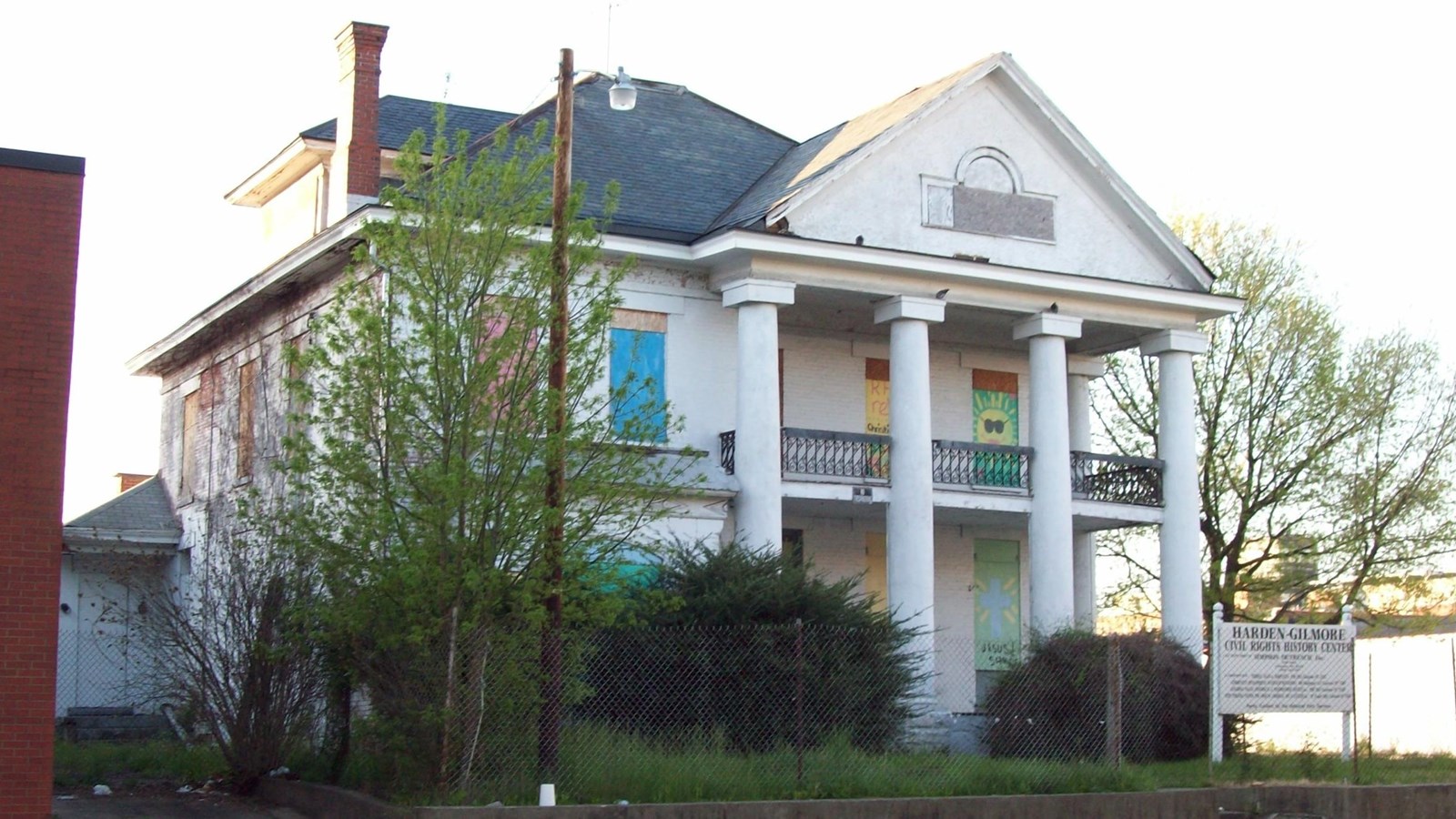Last updated: May 26, 2020
Place
West Virginia: Elizabeth Harden Gilmore House

Photo by Pubdog, CC0, https://commons.wikimedia.org/w/index.php?curid=10551359
Civil rights leader Elizabeth Harden Gilmore lived and worked in this house from 1947 until her death in 1986. She pioneered efforts to integrate her state's schools, housing, and public accommodations and to pass civil rights legislation enforcing such integration. Her home, constructed by 1900, is a handsome, two-and-a-half story, brick Classical Revival style residence, with a columned portico. In the early 1950s before the Brown v. Board of Education decision mandating school desegregation, Gilmore formed a women's club which opened Charleston's first integrated day care center. At about the same time, she succeeded in getting her black Girl Scout troop admitted to Camp Anne Bailey near the mountain town of Lewisburg.
After co-founding the local chapter of the Congress of Racial Equality (CORE) in 1958, she led CORE in a successful 1 ½-year-long sit-in campaign at a local department store called The Diamond. In the 1960s Gilmore served on the Kanawha Valley Council of Human Relations, where she participated in forums on racial differences and where she helped black renters, displaced by a new interstate highway, find housing. Her successful push to amend the 1961 state civil rights law won her a seat on the powerful higher-education Board of Regents. Gilmore was the first African American to receive such an honor. She stayed on the Board from 1969 to the late 1970s serving one term as vice-president and one term as president. Gilmore's tireless commitment to civil and human rights didn't end there. She was also involved with the U.S. Commission on Civil Rights and community education and welfare committees. "She was always there," says her friend Betty Hamilton. "Her commitment was ongoing and steadfast."
Visit the National Park Service We Shall Overcome travel itinerary to learn more about the civil rights movement themes and histories. Also, be sure to check out Civil Rights subject site.
